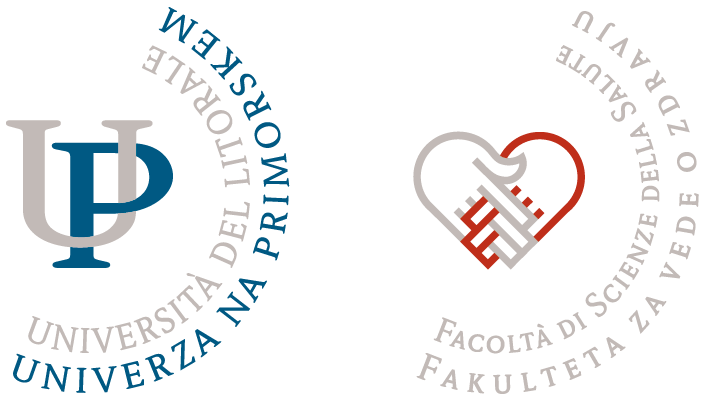Content
- Lectures: 10 hours
- Exercises 23 hours
- Independent work: 57 hours
Subject carrier
Description
Basics of medical terminology (aetiology, incidence, prevalence, etc.)
Anatomy of the upper body
o Bones, muscles, ligaments and other structures of the thoracic spine, cervical spine and the ribcage
o Bones, muscles, ligaments and other structures of the gleno-humeral joint
o Bones, muscles, ligaments and other structures of the arm
o Bones, muscles, ligaments and other structures of the hand
o Function of the upper body muscles
Neuromuscular control of movement with emphasis on the upper body
o Inter-muscular coordination of throwing movements
o Inter-muscular coordination of pushing and pulling movements
o Development of movement patterns and motor learning
Biomechanics of the upper body
o Key biomechanical kinematic and kinetic parameters of the upper limbs and upper trunk
o Correct and harmful movement patterns of the upper body
Mechanisms of injury development from biomechanical viewpoint
Epidemiology of the upper body injuries
o The prevalence of upper limb injuries in different sports
o Epidemiology of cervical and thoracic spine injuries in sport
o The prevalence of individual injuries of upper body
Most common upper body injuries
o Whiplash injurie and cervical sprain, functional scoliosis, different types of glenohumeral and scapular instability, impingement syndromes, Bankart lesion, SLAP lesion, stress injuries of the rotator cuff, biceps brachii injuries, injuries of the elbow and wrist
Physical therapy of the upper body
o Exercises for developing strength and power of the upper trunk, scapular-thoracic junction, glenohumeral joint, arm and hand
o Stretching exercises for the upper trunk, scapular-thoracic junction, glenohumeral joint, arm and hand
o Local stabilization exercises for the scapular-thoracic junction, glenohumeral joint, arm and hand
o Global stabilization exercises
o Integration and cyclization of different exercise modalities – analytical/local approach
o Integration and cyclization of different exercise modalities – synthetical/global approach
o Approaches to prevention and treatment of cervical and thoracic spine injuries and deformations
Supplementary techniques in prevention and rehabilitation
o Using bandages in prevention and rehabilitation of the upper body injuries
o Using elastic taping in prevention and rehabilitation of the upper body injuries
o Using physical agents (herbal patches, ultrasound, thermotherapy, balneotherapy, electrical and magnetic stimulation) in rehabilitation of the upper body injuries
Clinical assessment of the upper body
o Palpation of the upper limb and upper trunk
o Upper limb and upper trunk muscle strength testing
o Upper limb and upper trunk flexibility testing
o Functional tests for the upper body
o Imaging techniques for assessment of the upper body
External risk factors for developing upper body injuries
o Equipment as a risk factor for upper body injuries
o Training as a risk factor for the upper body injuries
o Environment as a risk factor for the upper body injuries
Internal risk factors for developing upper body injuries
o Age and sex as a risk factors for the upper body injuries
o Body structure and function as a risk factors for upper body injuries
o Motor abilities as a risk factors for the upper body injuries
o Asymmetries in sports and their elimination

